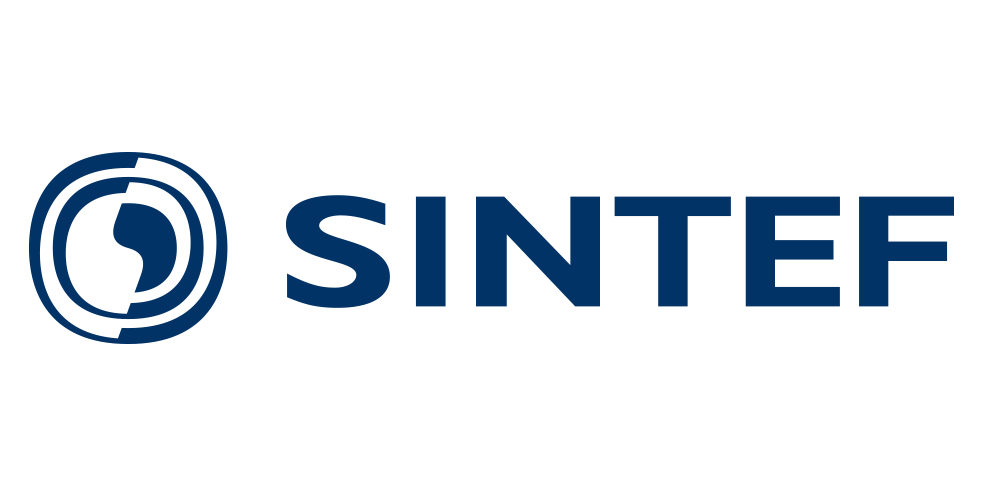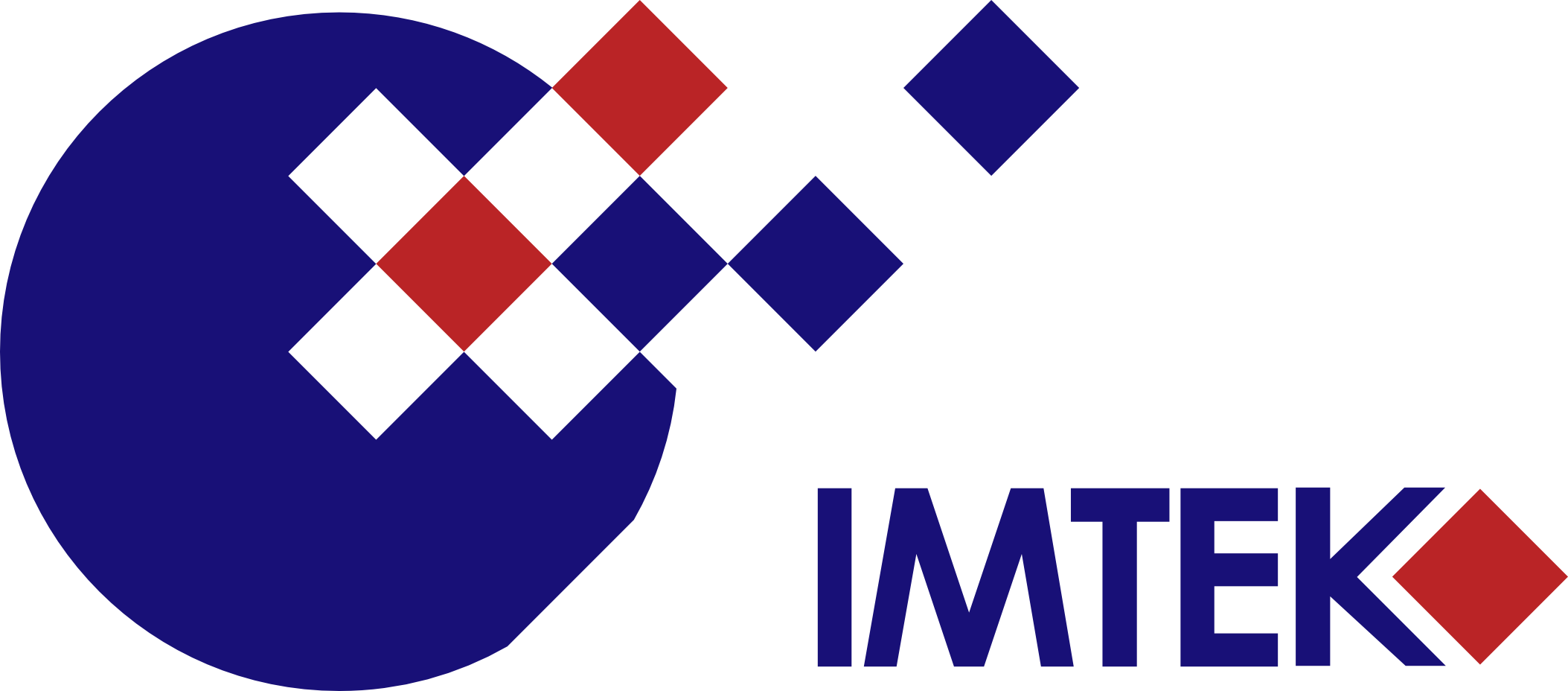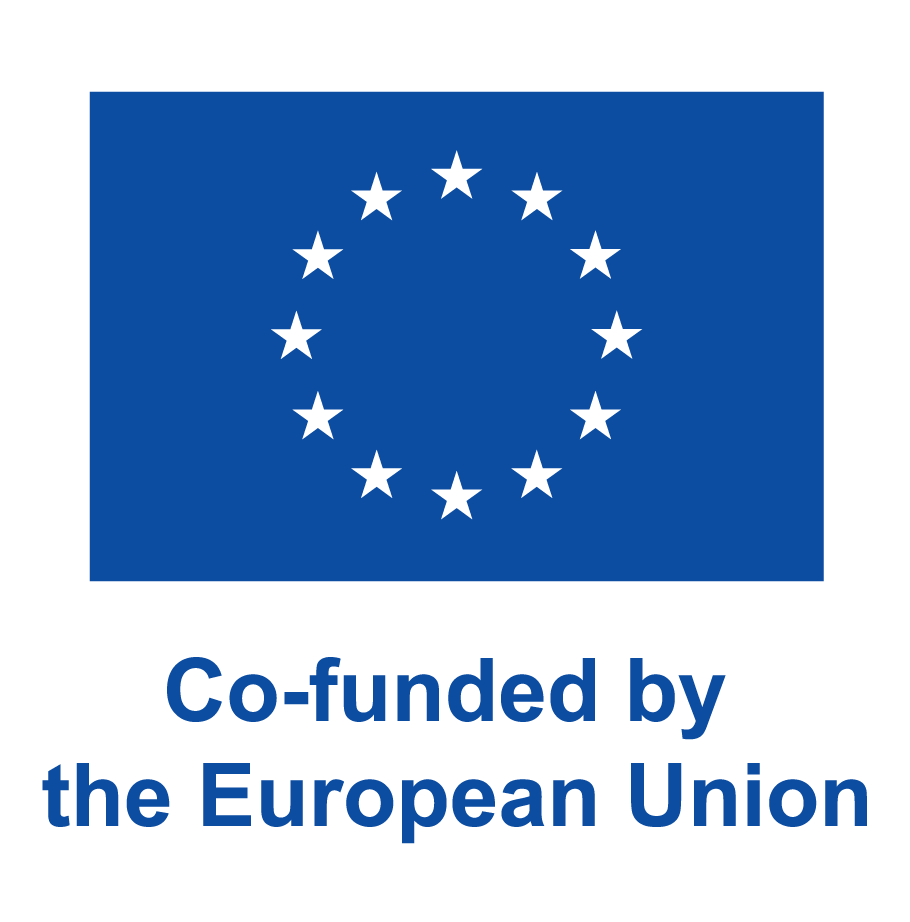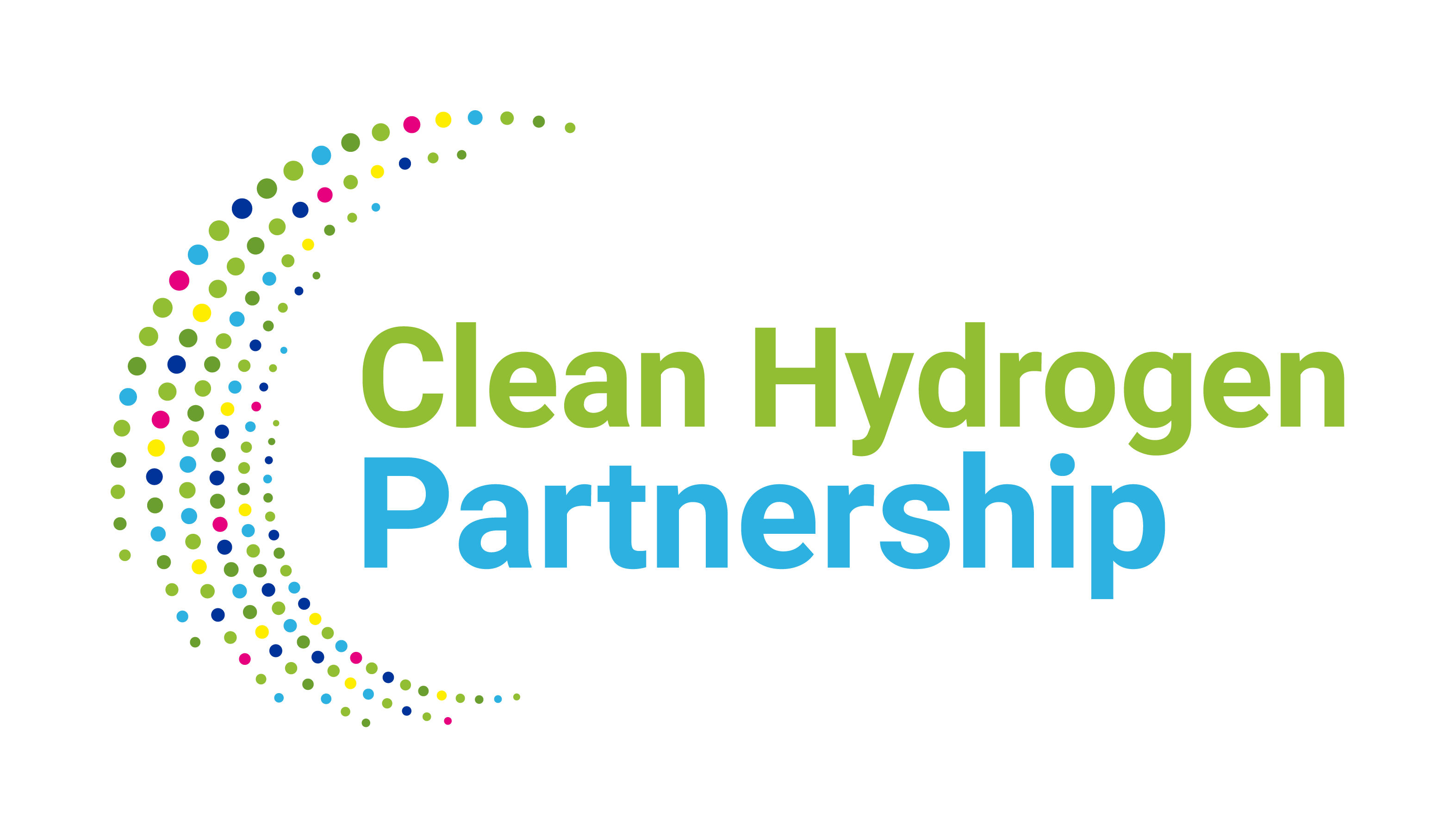COMSOL-Based FAST-FC
The COMSOL-Based FAST-FC has been improved as part of the project to include updated transport models for dissolved water within the ionomeric phase and liquid water within the pore space of the porous media. The model has also been fully rebuilt and the structure of the model modified to make it easier for users to directly interact with.
This updated and improved COMSOL-based version has been uploaded into a GitHub public repository and released to the public; the repository as includes issue tracking in order to allow users to raise issues and requested changes for bugs and issue management topics.
As part of the CAMELOT project objectives, a free and open source Fuel Cell Performance Model developed by FAST Simulations UG, FAST-FC, has been utilized, improved and extended to describe the transport and kinetic processes in ultra-thin, low-loaded membrane electrode assemblies.
The workshop will provide attendees an understanding of the general theory behind the model, improvements made within the CAMELOT Project, hands-on application of the model through tutorial studies, and an instructor supported, open application and question and answer session.
CAMELOT WORKSHOP
6th-7th December 2023
Chemnitz University of Technology, Germany
Overall Project Objectives
Improve the power density of fuel cells by understanding the limitations on the performance of MEA.








